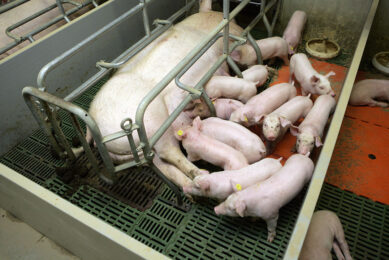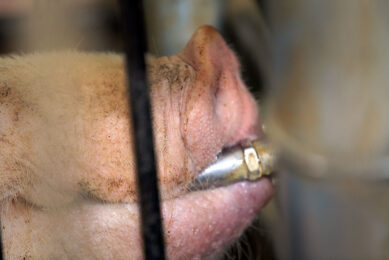‘Lab on a Chip’ to detect E. Coli
A series of “lab on a chip” applications in development at the University of Arizona can identify pathogens in minutes rather than days, using a simple device (which may be attached to a faucet) that can deliver results locally.
Detecting water and foodborne contaminants usually involves collecting a sample, sending it to a laboratory and waiting for it to be filtered, incubated, tested and identified under a microscope. If a critical infection is suspected for E. coli, for example, the pathogen may already have multiplied and spread before the report arrives days later.
The degree of accuracy is three orders of magnitude greater than for conventional real-time or rapid tests, reports state, and the method can be used to test lower concentrations of pathogens.
Invented by chemical and electrical engineers in the late 1990s, the lab on a chip, or LOC, concept is based on the integrated circuit, where encapsulated wires and circuits are integrated into a semiconductor chip with electricity flowing through it.
“In lab on a chip, instead of using electricity, the liquid flows,” said Jeong-Yeol Yoon, an assistant professor in the UA Department of Agricultural and Biosystems Engineering.
When Yoon was hired at the UA in 2004, he began to test the technology on water after noticing that attempts by other scientists to test blood with the LOC failed.
“I realized lab on a chip needed to start with the simplest case. Water is easy and very dilute compared to blood,” Yoon said. “When you run the test, there are almost no sizeable substances except the pathogens. It may detect a single cell.”
The LOC is a small glass laboratory slide filled with nanoparticles that adhere to pathogens applied in a sample drop of water.
Yoon uses micro and nanoparticles from 1,000 nanometers down to 10 nanometers to scatter light and strengthen sensitivity. He combines them with antibodies to the target pathogens, leading to particle agglutination and changing the scattering signal.
“An antibody with nanoparticles gives a stronger signal,” Yoon said. “Others use fluorescent dye; we use nanoparticles as a substitute for dye.”
Working with graduate and undergraduate students in his Biosensors Laboratory on campus, Yoon has designed a test that can detect pathogens – E. coli and potentially Cryptosporidium – in drinking water networks, irrigation systems, or wastewater recycling facilities.
The prototype is finished but he is now devising different ways to attach the test to water systems, manipulate the nanoparticles and read and deliver the results by computer.
Yoon also has funding from a government agency in his native South Korea to develop tests for livestock diseases in that country.
“Water supplies are affected first because the animals touch their tongues to the faucets,” he said. “We’re installing an LOC system on that water supply and also testing their wastewater.”
Yoon is also testing air samples from livestock housing for detecting such viral pathogens. The air sample tests show about the same sensitivity and specificity as those with water samples.
The effort is funded by Desert Tech Investors.
Source: University of Arizona
©











